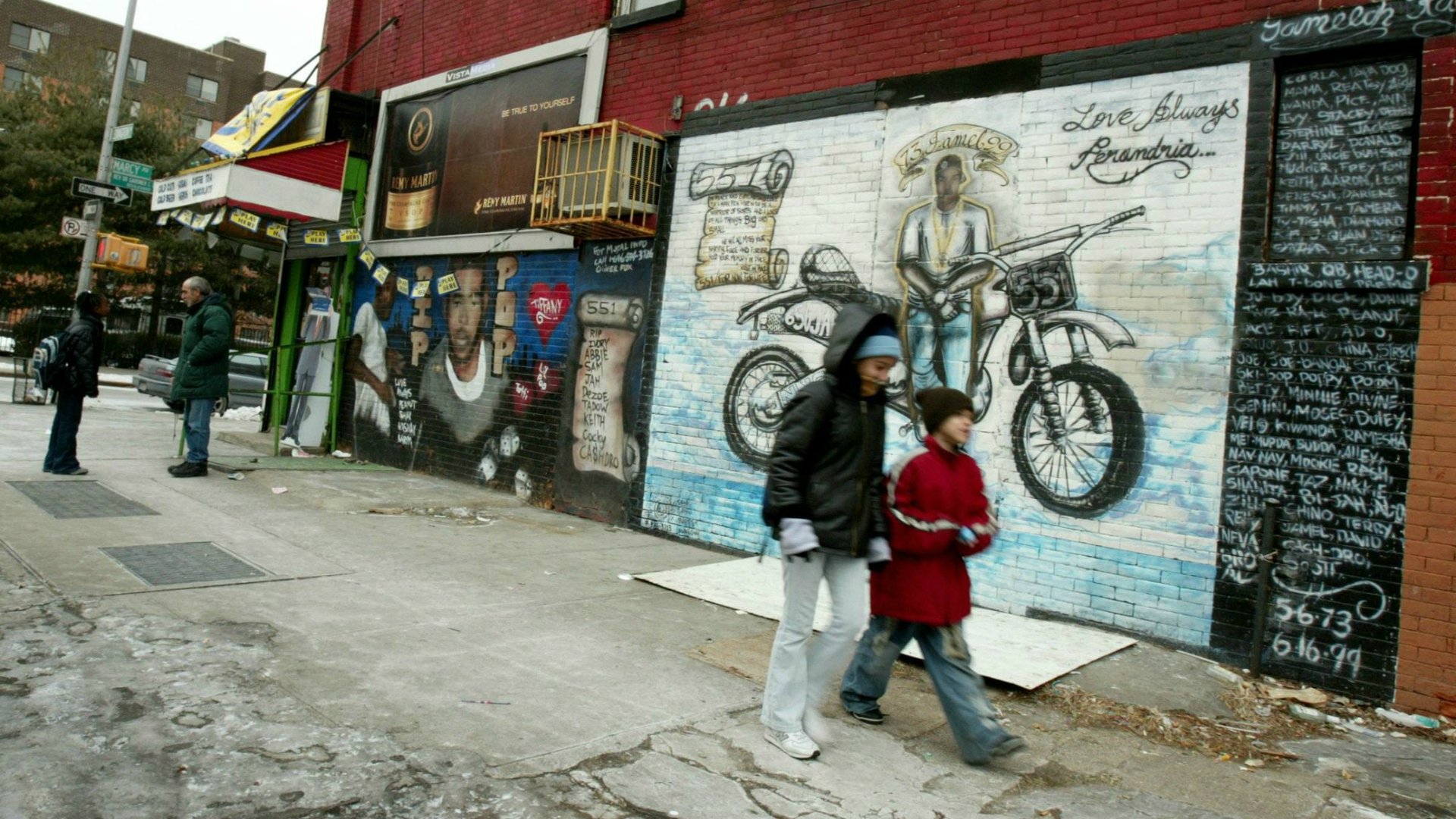We need to hear the stories of these 382 New Yorkers killed by heroin, too
It’s extraordinary that so many have been dying of heroin overdoses in New York City—382 in 2012, the latest year for which figures are available. As much as anything else, it’s an indication that the local media has been failing us.


It’s extraordinary that so many have been dying of heroin overdoses in New York City—382 in 2012, the latest year for which figures are available. As much as anything else, it’s an indication that the local media has been failing us.
Most of us knew nothing of this until our daily newspapers began reporting in recent days about the death of Philip Seymour Hoffman, found this past weekend on his bathroom floor with a needle in his arm.
We absolutely need to know the details of these other meaningful deaths—not just the information that prosecutors are seeking, the who and where of the heroin flow; but the data, personal and otherwise, that will help us over time ease the social and individual pain being experienced by so many below the public radar.
Heroin addiction is a story of horrific dejection that is arguably the rock bottom of human existence, a tale of man-children in a promised land.
This I know because I was raised in a Brooklyn neighborhood, Bed-Stuy, that several decades ago was snubbed by middle classers as a “ghetto,” a place to be avoided at all costs for its young men on the street corners, standing, eyes tightly closed, heads nodding low, bodies swaying gently back and forth to a deathly tune.
That was the age of the needle that had supposedly left us for good, chased away 20 years ago by the tough, broken windows, tolerate-no-black-or-Latino-junkies policies of then mayor Rudy Giuliani, and then by the subtler smother-them-with-gentrifiers-and-force-them-out policies of recent mayor Michael Bloomberg.
Truth be known. In many ways, as much has changed, little has changed. Those farthest down have continued to take hits and be ignored. Under Bloomberg, 50,000 New Yorkers a year were arrested for marijuana, mostly black and Latino young men.
I became aware of this comeback several years ago as I attended a play featuring the son of a colleague, Paul Moses of Brooklyn College. Paul had a childhood friend there who happened to be a health professional and worked with drug abusers in my old neighborhood of Bedford-Stuyvesant. I was struck and embarrassed to learn that heroin and its deadly needles were still claiming lives of many in the community that nurtured me.
And, lo, we now come to an awakening about this wide social malady through the heroin overdose death of an actor, Philip Seymour Hoffman, whose life, oddly, was otherwise so removed from the sorrowfully ignored lives of nameless addicts in central Brooklyn and other parts of town.
This reference to the beloved but now deceased actor is not plaintive. It is really an expression of hope, that good will be extracted from the actor’s own muted cries, and that we as a city will pay more attention to pain of our sisters and brothers beneath the surface, rather than to the shaking booties our tabloids lasciviously serve us up daily in their front pages.
I live on hope, and I know its sources.
This coming weekend I am attending a birthday party for a Bed-Stuy friend of mine who decades ago was a heroin addict, and who, on his way to the grave, was shot once by police in an alleged robbery, and later in life earned coins pushing carts of bottles through the streets.
Truly extraordinary it is, that buddy’s ability to survive. He is now, late life, drug free. And it was the active love of his family that pulled him through.
And so in many ways, it is the quiet bond between that old friend and the departed Philip Seymour Hoffman that keeps hope alive.